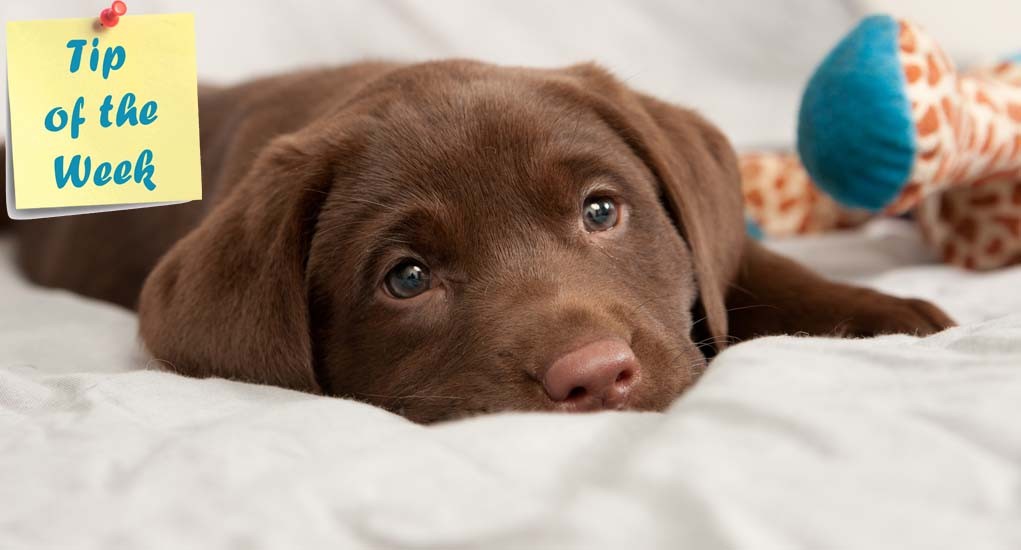General obedience training is one of the best things you can do for your puppy and for yourself. If you find yourself wondering how to train puppy, then the best way to start off on the right foot is beginning your puppy training the day you bring your new pooch home.
The problem is that new puppy owners don't worry too much about how to train puppy they just brought home. A lot of inexperienced pet parents are often more worried about what accessories to buy for their dog, what kind of dog bed they will prefer, and what type of dog food is the best.
RELATED: How to housebreak a puppy
These things are important too, but knowing how to train puppy and teaching your young dog to be obedient and well-mannered will serve you both well in the future and should certainly be your first priority.
Start with making this a routine
Teaching your puppy what their average daily routine is will be a critical step in teaching them to behave properly, especially if you have kids around your dog. Learning where your pup's food and water is, what time of day they will eat, where their bed is, what time of day they will sleep, where to go to the bathroom, and which toys are theirs are all crucial to successfully training your new pet.
RELATED: Best puppy toys for strong chewers
One of the most common mistakes that puppy owners make is jumping right into command training and skipping the basics.
Teaching your young pooch the things they are supposed to do is much easier than trying to teach them what they aren’t supposed to do. Building a solid routine from the beginning is the perfect stepping stone to successful obedience training, and avoiding common behavior problems in the future.
Begin with important commands

Consistency is the key to obedience training, specifically with the commands that you will use to train your dog. The most important words you will teach your pooch are “no” and “good,” or words with a similar meaning.
You should think about your dog training words before you bring your puppy home. From the minute you bring them into your house, you must start using the same key words to correct behaviors you don’t want, as well as to praise the behavior that you do want. Once your puppy understands the praise and correction words you choose, you can begin teaching them to follow commands.
Keep in mind that commands should usually be one syllable (word) like “sit,” “stay,” or “fetch.” Small phrases like “play dead” or “drop it” can be used also, but it can get confusing for your dog if you choose commands that are too long.
Teach your pooch to respect the training
Dogs are naturally hard-wired to follow their pack leader. When trying to learn how to train puppy yourself, you must first teach your Fido how to respect you in the same way.
Obedience training is a great tool, but if your dog doesn't respect you as the leader then they will begin doing things when they want and not when they are supposed to. Establishing dominance doesn't mean overpowering your pooch.
RELATED: Essential tips on dog training basics
Puppies can hear the confidence level in your voice and they can sense when you are feeling unsure about something. If they perceive you as being uncertain, they will begin to take the control, and that is where bad behavior begins. In order for them to respect obedience training, you must demonstrate leadership from day one and continue it throughout the entire training experience.
Obedience training won’t solve all your puppy problems, but it will set the foundation for solving a lot of them.
The reality is that puppies are a time-consuming venture and require a lot of structure and discipline. Make sure to consider how to train puppy and the work that will need to be put into this endeavor before you even think of buying a puppy.
Puppies that don’t have the right training when they are young begin to develop bad habits that can be very hard to break later in their lives. But if you do it correctly, training your puppy will be a fun and rewarding experience for both of you.













